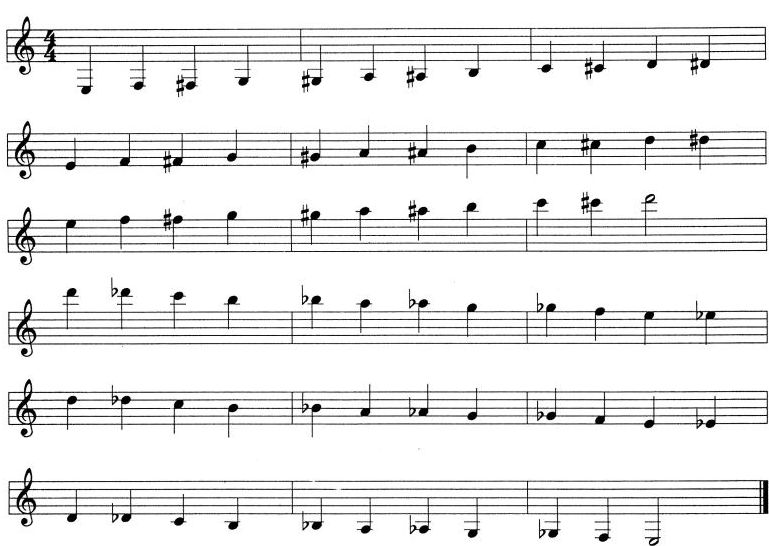

The clarinet is the most versatile and varied of all wind instruments. Clarinets have actually been manufactured in just about every key and range available – have a look at Cyrille Mercadier’s video featuring some of the weirdest clarinets you’ll ever hear. Wind bands might boast a contrabass clarinet (so big some people play it standing up), and there’s also the basset horn (a kind of alto/tenor clarinet) which Mozart also composed for and which enjoyed an unexpected 20st-century revival in the works of Richard Strauss. Then there’s the bass clarinet, popularized by composers like Berlioz and Wagner, and the shrill treble E-flat clarinet, whose upper register is capable of shredding through even the densest orchestral textures. The type you’ll most commonly encounter (and the typical beginner’s instrument) is the B-flat clarinet, although the fractionally larger clarinet is A is also commonplace. That’s nothing compared to the crazy array of different clarinet sizes out there. Even today there’s no “standard” clarinet, with different models (the Böhm, Oestler and even the rare Albert) still in use.
Clarinet chromatic scale full#
The clarinet couldn’t even play the full chromatic scale until 1812, and it wasn’t until the 1840s that the clarinet acquired the modern Böhm “ring”-style keys typical of today’s instruments. The instrument we know today continued to evolve during the 19th century as increasingly complex keywork was added. Although to be fair Mozart’s clarinet was considerably more mellow than the modern version, being made of wood and with far fewer keys. As he wrote to clarinettist Anton Stadler, “Your instrument has so soft and lovely a tone that no one can resist it.” Not so much hated the oboe as loved the new clarinet (and if he disliked any particular instrument, anecdotes suggest that it was most likely the flute). 39, for example, uses clarinets but omits oboes entirely, as does his Piano Concerto no.

The clarinet supplemented and occasionally even supplanted its much older woodwind colleagues, particularly the oboe.


 0 kommentar(er)
0 kommentar(er)
